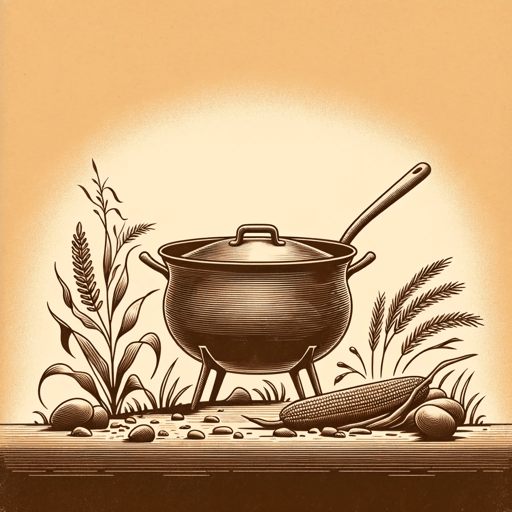42 pages • 1 hour read
Michael W. TwittyThe Cooking Gene: A Journey Through African American Culinary History in the Old South
Nonfiction | Autobiography / Memoir | Adult | Published in 2017A modern alternative to SparkNotes and CliffsNotes, SuperSummary offers high-quality Study Guides with detailed chapter summaries and analysis of major themes, characters, and more.
Preface, Chapters 1-3Chapter Summaries & Analyses
Preface Summary: “The Old South”
Michael Twitty opens with a description of the culture of former slaveholding states in the Old South, which he likens to “a forgotten Little Africa” (xii). For Twitty, the geography of the area extends beyond the Confederate states, and its culture did not end with the Civil War.
In 2011, Twitty set out on a journey to discover his heritage through what he calls a “Southern Discomfort Tour” (xiv). This book details that journey. Throughout, Twitty juxtaposes the beautiful landscape of the South with its sordid history. He compares the pecan trees next to his grandfather’s home to the Confederate statues adoring the lawns of Southern courthouses. As Twitty seeks to understand the many variables that comprise the Old South, he feels grounded by food and what it has to teach him.
Chapter 1 Summary: “No More Whistling Walk for Me”
As Twitty wakes in the morning, he puts on what he describes as his “transformative historical drag” (1). He dons the clothing of his enslaved ancestors and begins cutting wood for cooking. Twitty cooks at Southern plantation museums, and he feels it is important to inhabit those historical roots. “The Whistling Walk” is the path between the kitchen and the main house where enslaved workers were required to whistle to prove that they were not eating the food they were carrying.

